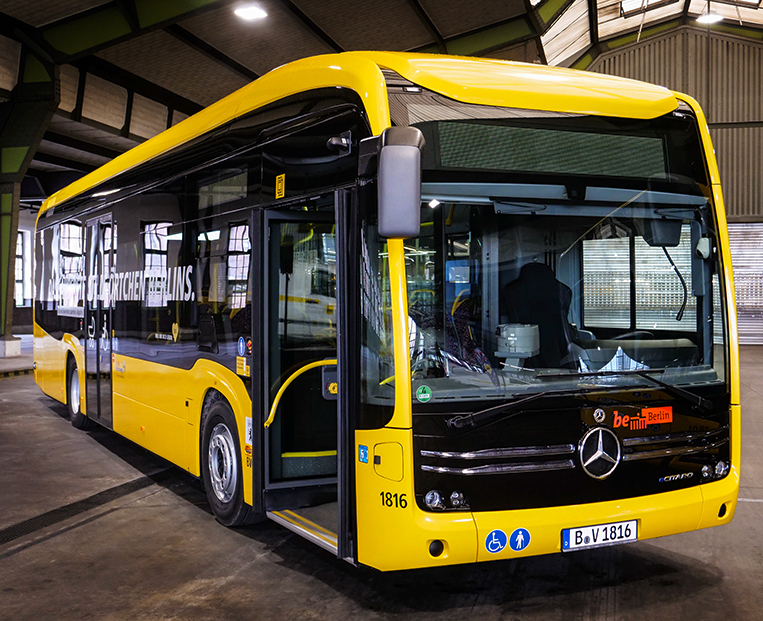
There are plenty of good reasons car manufacturers are moving toward electric vehicles. The world must chase the drastic climate change deadlines in the Paris Agreement if we want any hope of a habitable planet. Poor air quality is an emergency-level disaster—dirty air killed 86,678 Filipinos in 2016. And at the end of the day, there is the simple writing on the wall: One day, we’re just going to run out of dinosaur juice to burn.
Yes, flashy electric cars catch a lot of attention—especially among readers of this website—but there are also many reasons to get excited about electrifying another vehicle, the humble public-transit bus. While 1,000 electric cars can eliminate demand for 15 barrels of oil per day, 1,000 electric buses on the road can wipe out demand for up to 500 barrels of oil per day. In fact, the total oil demand displaced by electric buses more than triples the demand displaced by all electric passenger vehicles.
With electric buses holding so much potential, we’re especially excited to see a respected auto firm like Mercedes-Benz get into the fray. Just this week, the company announced the eCitaro, its own entry into the battery-electric bus arena. Touted as the first bus with “zero local emissions,” the eCitaro has a claimed range of 150km in real-world conditions, and its maker boasts that it can serve that range in complete silence—another boon for residents of dense, crowded cities.
A thousand electric buses on the road can wipe out demand for up to 500 barrels of oil per day
In addition to its impressive electric drive attributes, the eCitaro comes standard with many quality-of-life features found on modern buses, such as CCTV cameras for security, monitor screens for passenger convenience, wheelchair ramps for accessibility, and USB ports for charging personal devices. The eCitaro is the latest in the bus lineage started by the original Mercedes-Benz Citaro bus in 1997, which stepped into electric technology with hybrid buses in 2010. The eCitaro is the first fully electric bus produced by Mercedes-Benz, which looks to challenge market leaders (such as BYD of China) in this sphere.
The first recipient of the eCitaro is BVG, the public-transport agency of the city of Berlin. BVG, which is already famously progressive for its “semi-honesty” public-transit system, has received 15 eCitaro buses that will now ply the German capital.
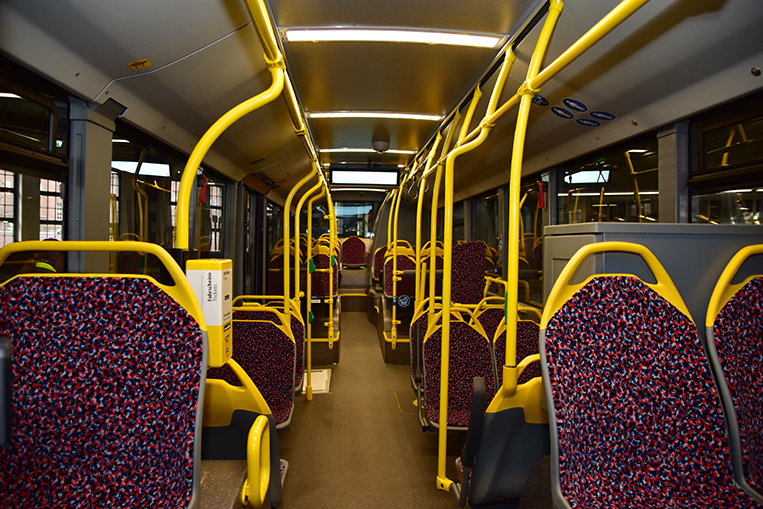
Could we see this (or something similar) in the Philippines soon? There’s potential, but in order to make these vehicles commonplace, we may have to do something about the high cost of electricity in the country. Expensive power has prevented our operators from voluntarily shifting to electric PUVs like their counterparts have done in other territories. As a matter of fact, Germany, the home of the eCitaro, is one of the renewable energy capitals of the world. Perhaps that’s another cue we can take from them. Another way to encourage the use of electric buses would be for cities in the Philippines to set up “green zones,” where fossil-fuel vehicles would be completely banned. Finally, the Philippines could simply set a deadline, after which the country would not allow the sale of fossil-fuel public-transport vehicles. This could be as early as 2030, for example.
Of course, many will rightfully say that we have lower-order concerns to settle in our bus operation, such as the unjust quota and boundary systems, among others. But with buses like the eCitaro on the horizon, even commuters as tortured as ours can have something to look forward to.


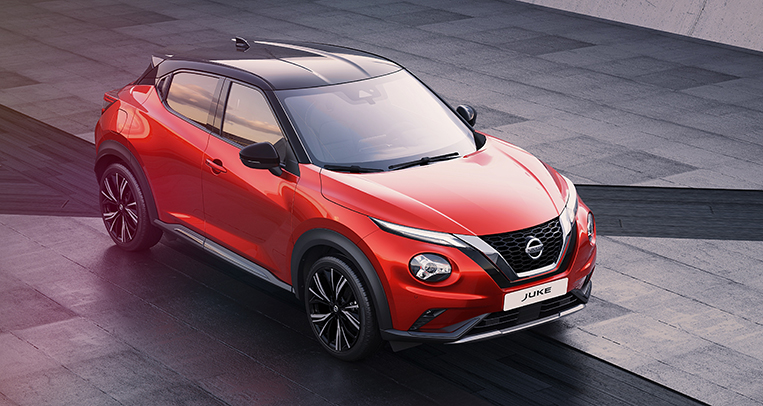
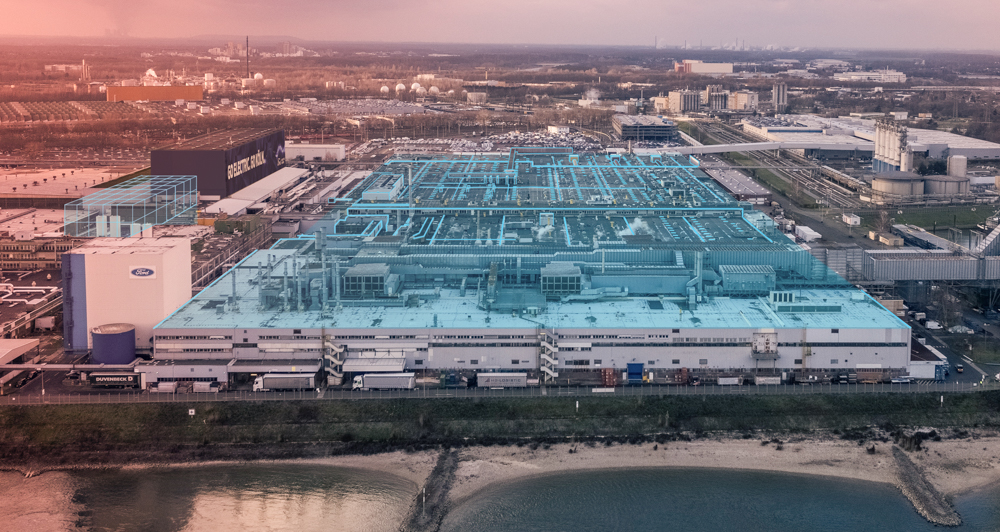

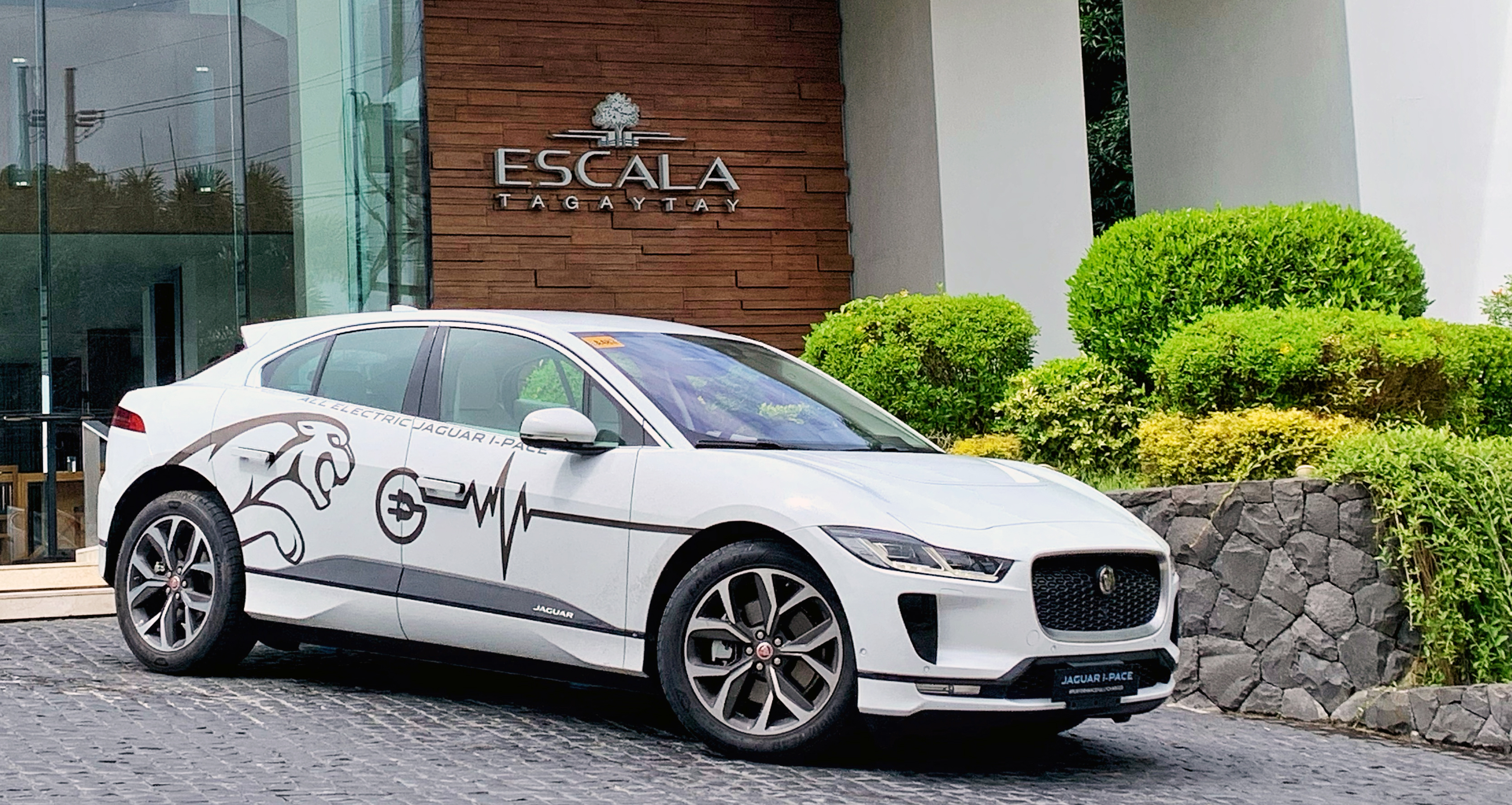
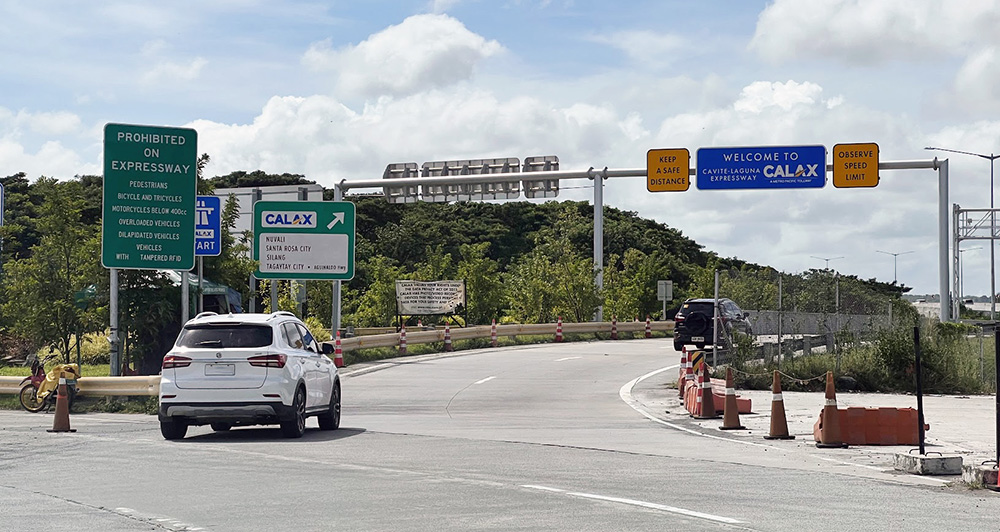

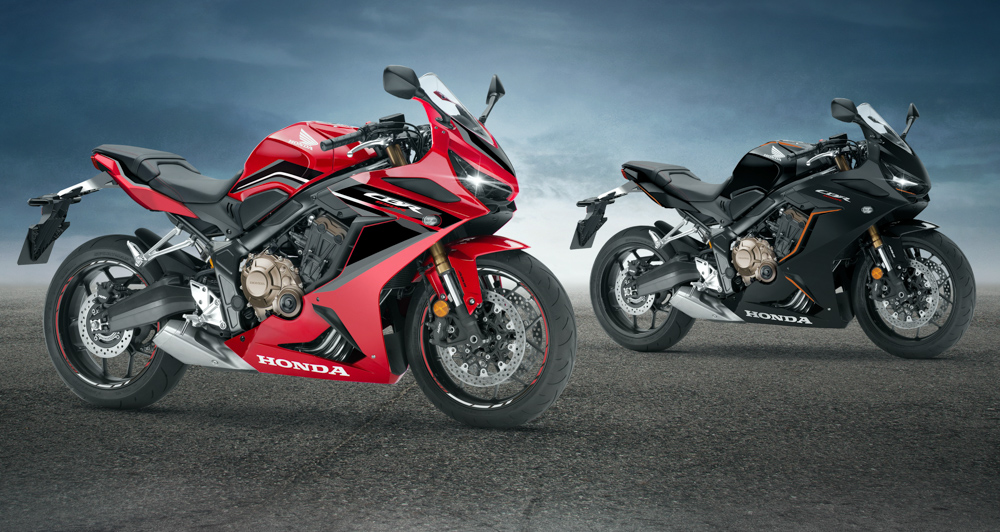

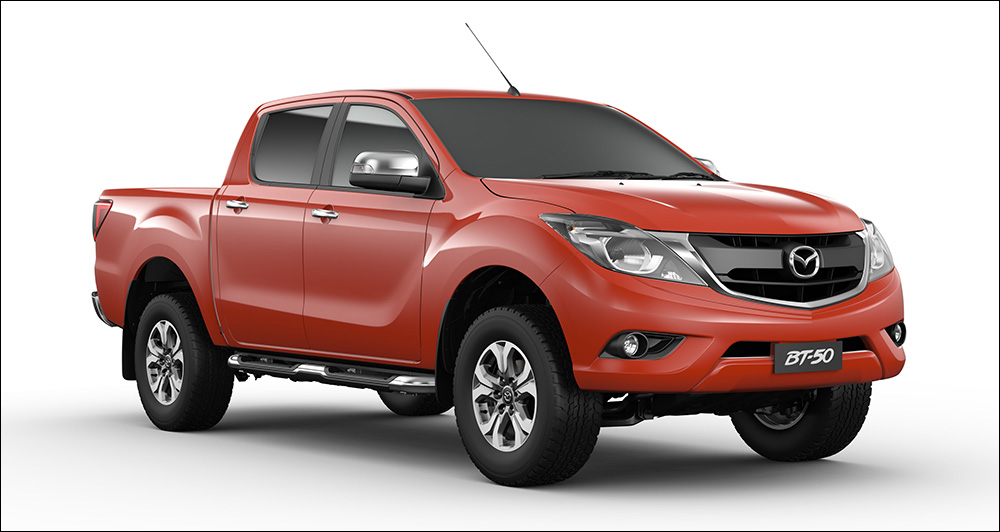
Comments